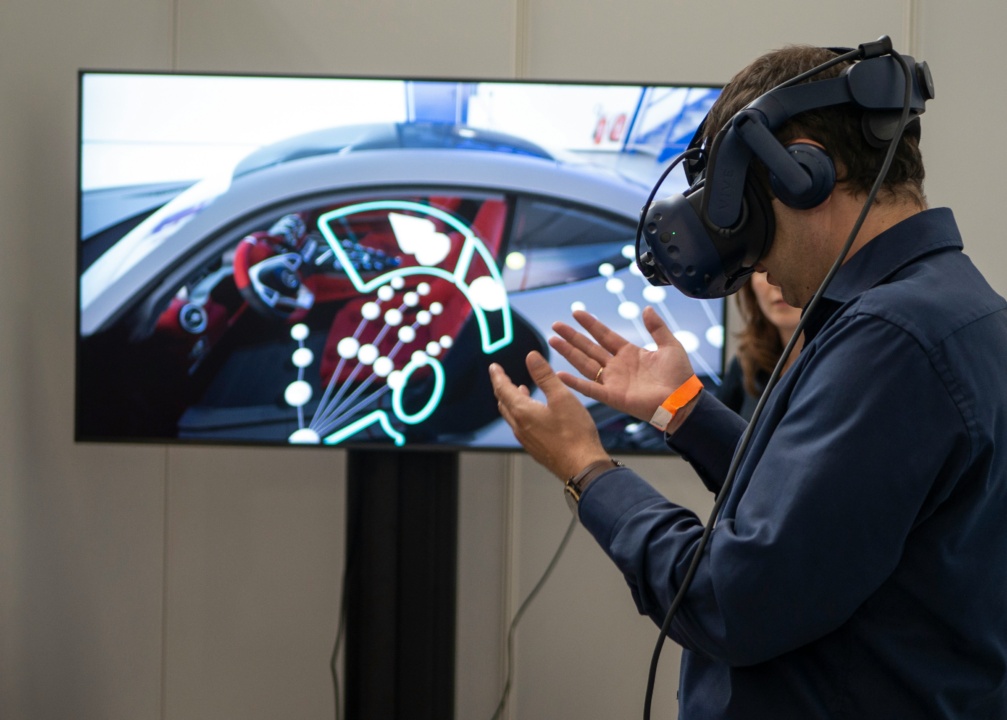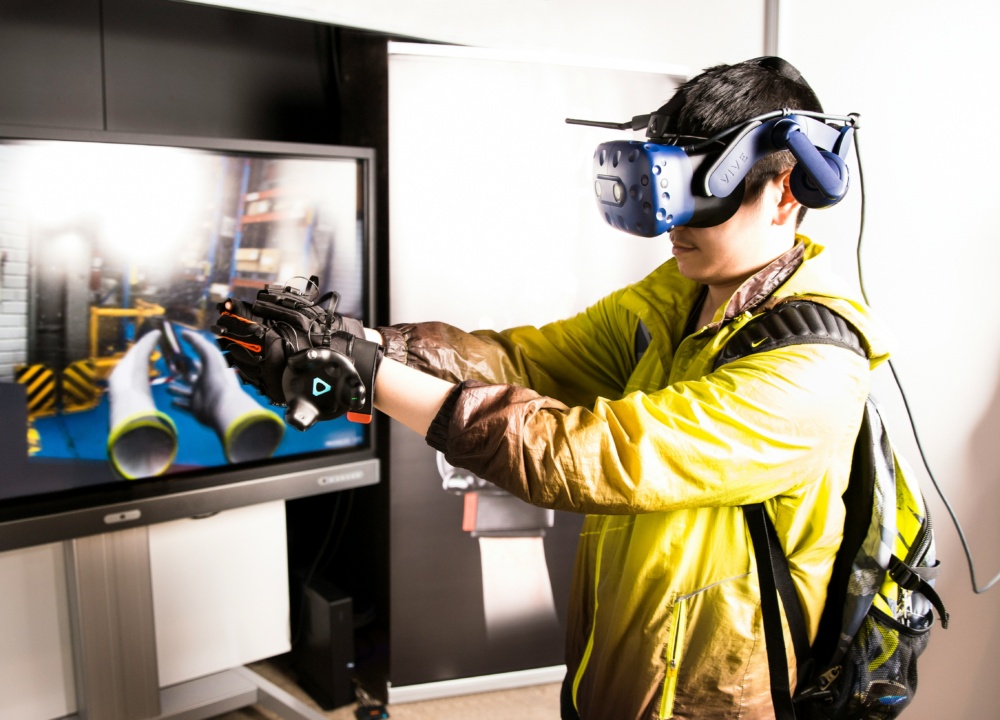Virtual reality (VR) and augmented reality (AR) have become cornerstones of innovation in gaming, offering experiences that were once the realm of science fiction. Both technologies are pushing the boundaries of what it means to play games, but each offers distinct ways to interact with digital worlds. While VR immerses players entirely into a computer-generated environment, AR overlays digital elements onto the real world.
Social and Collaborative Experiences
When it comes to multiplayer and social experiences, both VR and AR offer opportunities for connection, but in very different ways. In VR, players often engage with one another in fully immersive virtual worlds, where they can see and communicate with other players as if they were physically present. VR’s social aspects can create deep, personal connections, especially in games where cooperation is key to achieving objectives.
The communities and interactions that form in these experiences are long-lasting and good examples can be found in the best social casino lounges and tables, where interacting with other users in this enhanced manner is the closest you can get to a real-life experience. Many VR platforms, like Oculus’s Horizon Worlds, allow users to create avatars and interact in virtual spaces, offering a sense of presence that goes beyond traditional gaming.
AR, however, offers a more localized, real-world approach to social play. Since AR integrates with the environment, players can interact with others who are nearby, allowing for collaborative or competitive experiences that are shared in real-time. For example, AR games like Harry Potter: Wizards Unite enable players to team up with others in their geographic area to defeat enemies. The social experience in AR tends to be more spontaneous and accessible, drawing on existing social contexts rather than creating entirely virtual spaces.
Immersion and Interaction: A Key Difference
One of the most notable differences between VR and AR is the level of immersion each technology provides. VR places players in fully immersive, virtual environments. Using VR headsets, players are transported into 3D spaces, where the game world surrounds them. This complete immersion allows for highly interactive experiences and various VR benefits, whether exploring alien landscapes or engaging in intense combat scenarios. The lack of real-world context while playing VR games helps foster a deep sense of escapism.
On the other hand, AR enhances the real world by overlaying digital elements on top of it. In gaming, AR relies on devices such as smartphones, tablets, or AR glasses to add game elements to the user’s immediate surroundings. Rather than replacing reality, AR interacts with it. A popular example is Pokémon Go, where players hunt for virtual creatures in real-world locations. This type of gameplay encourages movement and interaction with the actual environment, blending the virtual with the physical.
Hardware and Setup
Another point of divergence is the hardware required for VR and AR gaming. VR gaming demands more specialized equipment. Players need to invest in VR headsets such as the Oculus Rift, HTC Vive, or PlayStation VR, often coupled with motion controllers and sometimes even full-body tracking systems. The technology typically requires a powerful gaming PC or console to support the detailed graphics and immersive environments that VR games demand.
In contrast, AR gaming tends to be more accessible regarding hardware. Most AR games can be played on everyday smartphones and tablets, using their built-in cameras, sensors, and displays. Augmented reality systems like Microsoft’s HoloLens or Magic Leap offer higher-end experiences, but the majority of AR games are designed for portability and simplicity. This makes AR gaming easier to access for a wider audience without requiring significant investment in specialized equipment.
Experience Design and Gameplay Styles
The design of games in VR and AR often reflects the distinct nature of each technology. The best immersive VR games are often built around the concept of total immersion, prioritizing narrative depth, exploration, and interaction within virtual spaces. The gameplay experience is meant to engage players by pulling them out of the real world entirely. These games can be incredibly rich in detail, offering players the chance to explore environments that are otherwise inaccessible, such as exploring space or diving into historical events.

AR games, by contrast, take a more interactive and dynamic approach. Since AR integrates with the real world, games are designed to get players to move through and interact with their environment. This creates a more socially engaging experience, as players might team up with others in their vicinity, participating in location-based challenges or real-time multiplayer interactions. AR can be less focused on complex storylines and more on the experience of discovery and interaction with digital content that appears in familiar, physical settings.
Challenges and Limitations
Both VR and AR face distinct challenges in the gaming industry. VR’s biggest hurdle is the requirement for high-end hardware and the potential for motion sickness. The experience of being fully immersed in a virtual world can cause discomfort for some users, particularly if the system’s refresh rate is low or the environment’s frame rate doesn’t match the player’s movements. The bulky nature of VR headsets and the need for a dedicated gaming space can also be deterrents for casual players.
AR, while more accessible, also has its limitations. The quality of the augmented experience depends on the device’s hardware, and smartphones, in particular, can struggle to deliver a smooth, high-quality experience when compared to dedicated AR devices like HoloLens. Additionally, the reliance on real-world locations can limit the scale and complexity of AR games. Weather conditions, lighting, and other environmental factors can impact gameplay, making it less reliable than VR in certain settings.

Emmy is a big fan of all things TV and movies. Among her current favorites are The Matrix, Midsommar, Titane, and Fleabag. Catch her on Letterboxd @ewenstrup !






